‘ETHERIC QUALITIES’ – WOOLWORTHS PRESENTS #STYLEBYSA WITH LOUW KOTZE
What happens when icons collide in perfect symbiosis? With South Africa’s celebrated retail hub, Woolworths, as the container or vessel; so another era of their pioneering ‘STYLEBYSA’ is taking shape. Initiated in 2014 and fast forward a decade, this series has re-emerged as #STYLEBYSA, with Woolworths redefining the series through their ‘New In’ AW24 collections. Woolworths have invited distinguished forces to demonstrate their distinct edits, showcasing the range of South Africa’s fashion landscape. In this latest edition of #STYLEBYSA, we witness fashion innovator and icon, Louw Kotze, seek the dunal and oceanic landscapes – in pursuit of his self-initiated campaign for #STYLEBYSA and featuring artist, creator and muse, Rharha Nembhard.
Louw Kotze is an incredibly accomplished stylist and creative director, known for his bold approach to building sartorial stories through a visual lens. Whether it’s his collaborations with brands such as Maison Margiela, Gucci, Louis Vuitton and Adidas or published features across Italian Vogue, Indian or American Vogue; Louw’s capacity to express both local and global visions with thoughtful and succinct impact has long established his significance within the pantheon of South African fashion. As Louw explains, his career has been rooted in connection, “I’m a fashion enthusiast and I draw a lot of inspiration from people, so I think what makes my career so magical is all the people that I meet.”
This capsule collection was an opportunity for Louw and Rharha to connect through their shared visions for sartorial and ecological consciousness, with Louw noting that “this was an opportunity to connect with an old friend – interestingly, we met on a shoot, so clothing has always formed part of our connection. Rharha has such a muse quality to me. It was such an honour to bring her into this project with Woolworths, particularly with this collection having an ‘ethereal’ theme. We decided to take it out into nature, and treat the dunes and the sea like a blank canvas or studio.” Louw styled Rharha as the serene and wild vision that she is – as Rharha is seen moving and shaping herself, enveloped by the elements of their chosen landscape. Regarding Louw’s inspiration for his career, he notes that the ability to return and reinvent is essential; similarly to the sentiment in which INHAUS AGENCY sought to bring back STYLEBYSA. Louw says, “I draw a lot of inspiration from not getting things immediately. There is a satisfaction of accomplishment when you go back to a problem and you resolve it – that is what keeps me going in my career, the notion that there is a lesson to be learned from everything. I am completely in touch with how the Ying Yang is part of what makes us in a constant state of co-creation.”




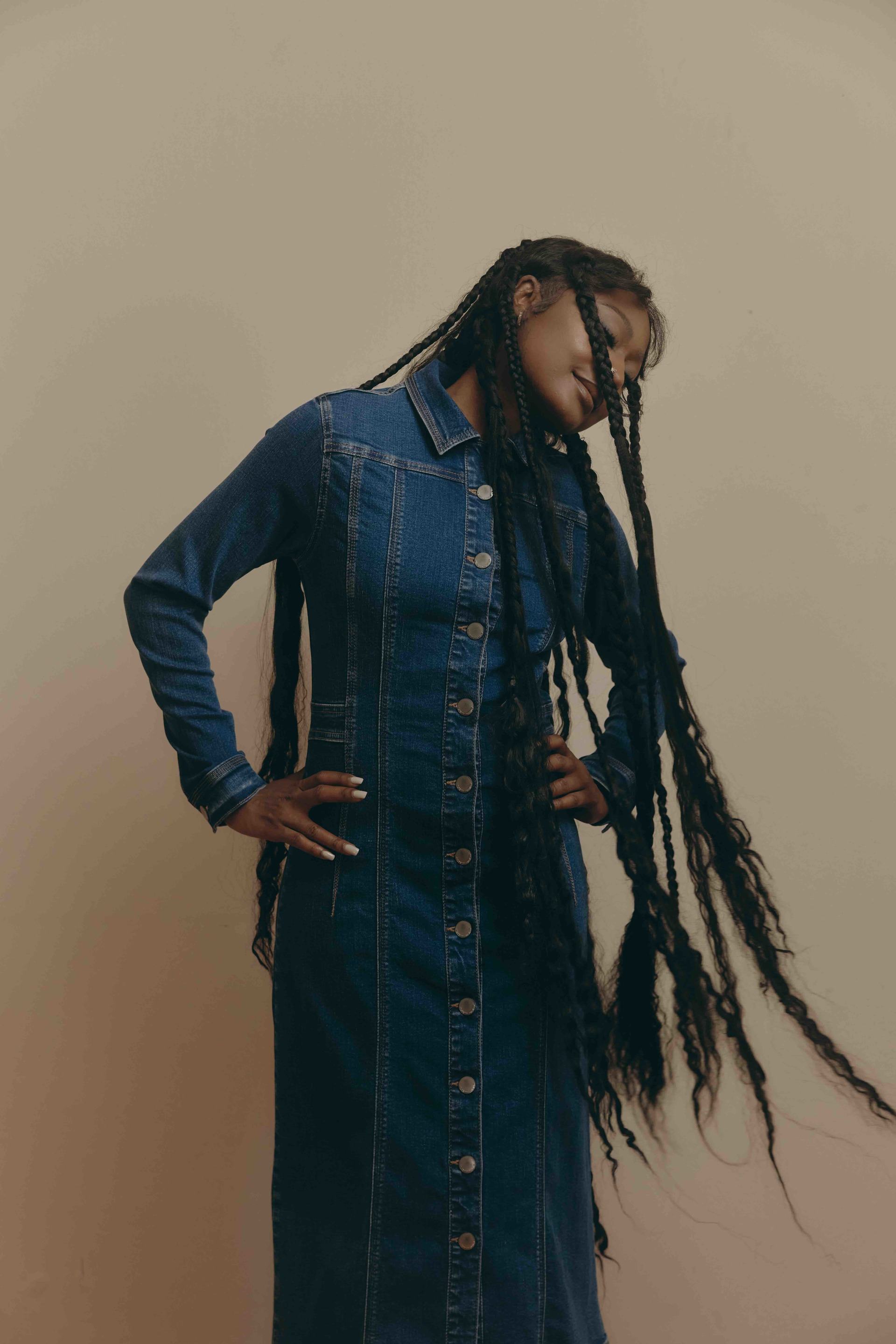
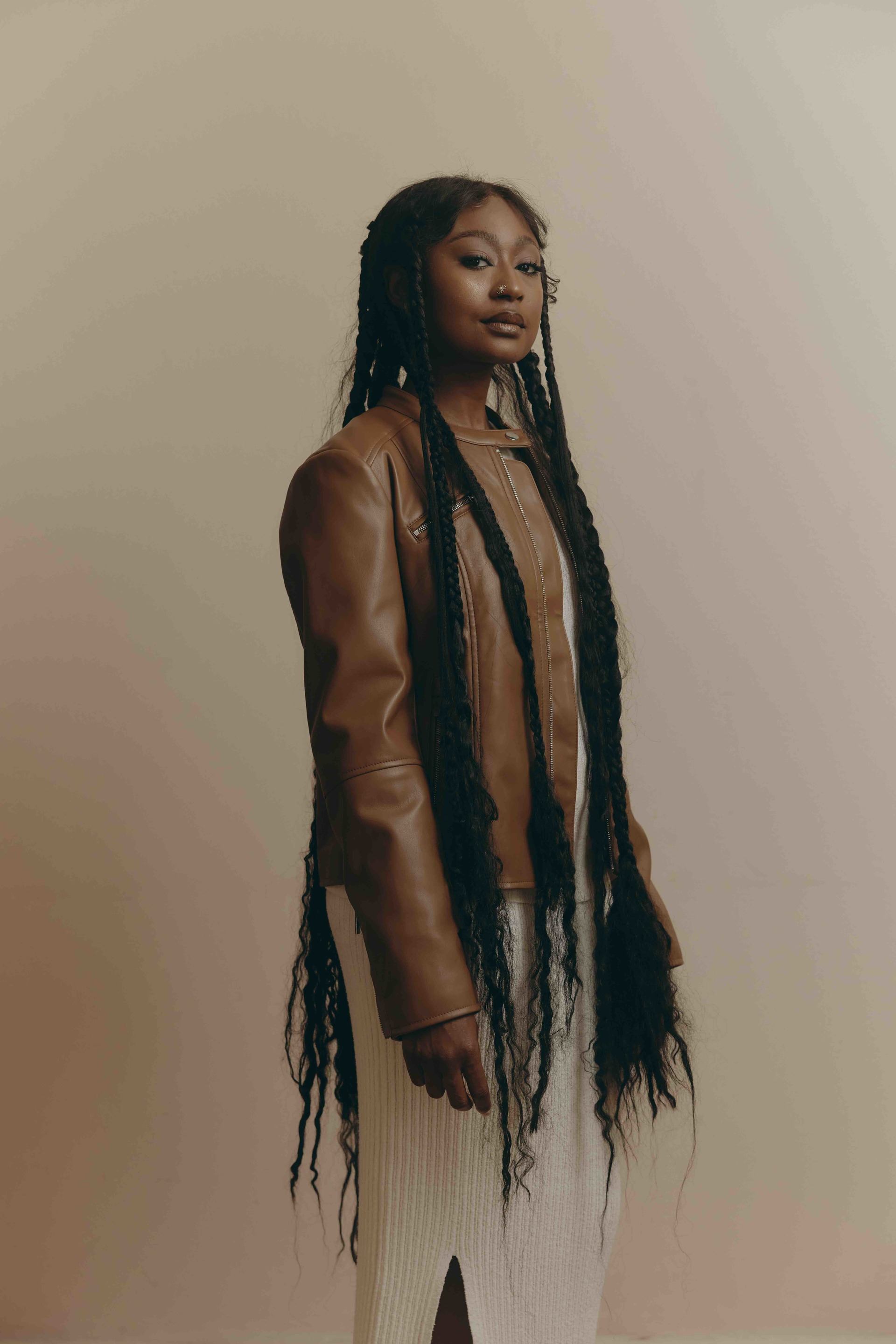


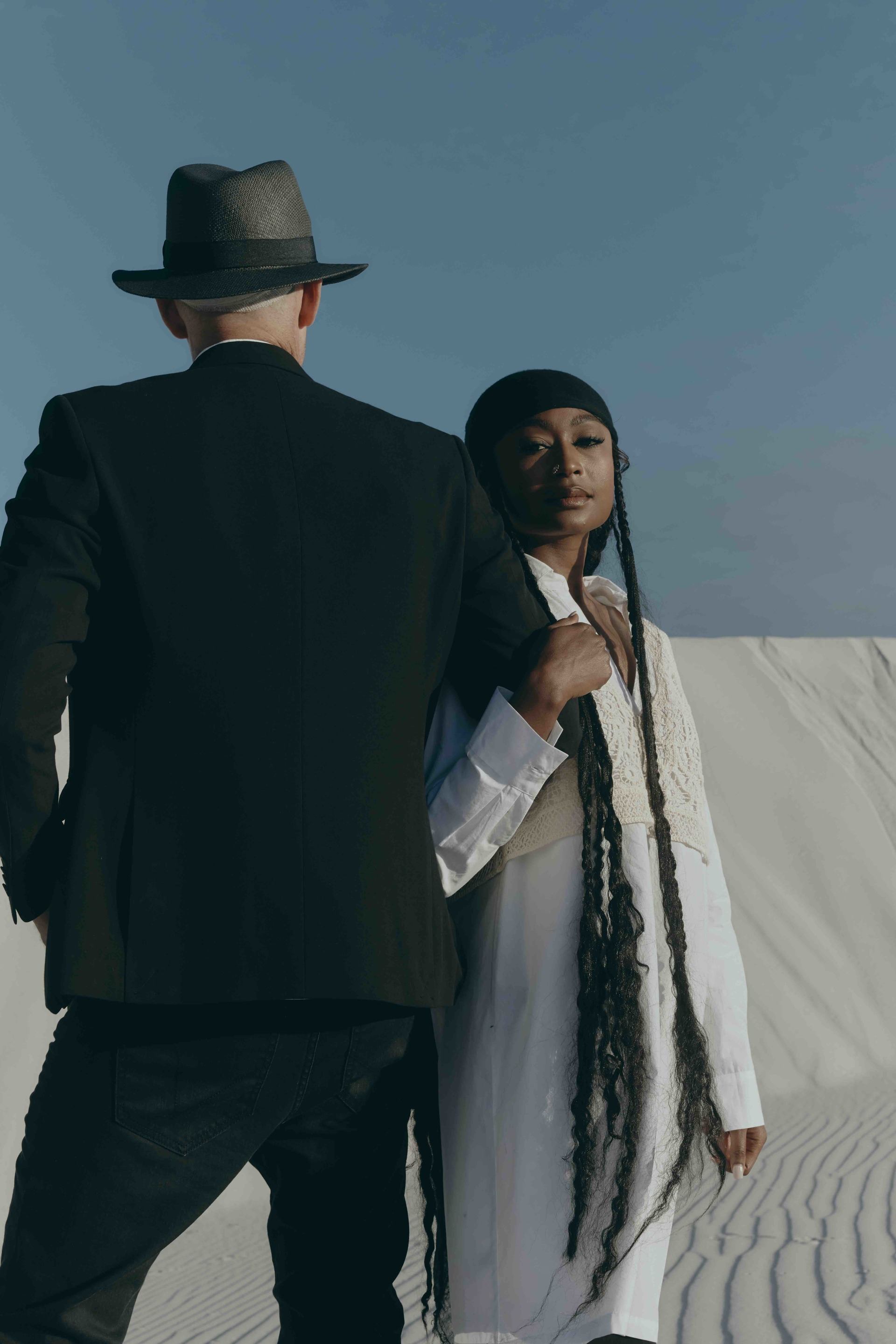

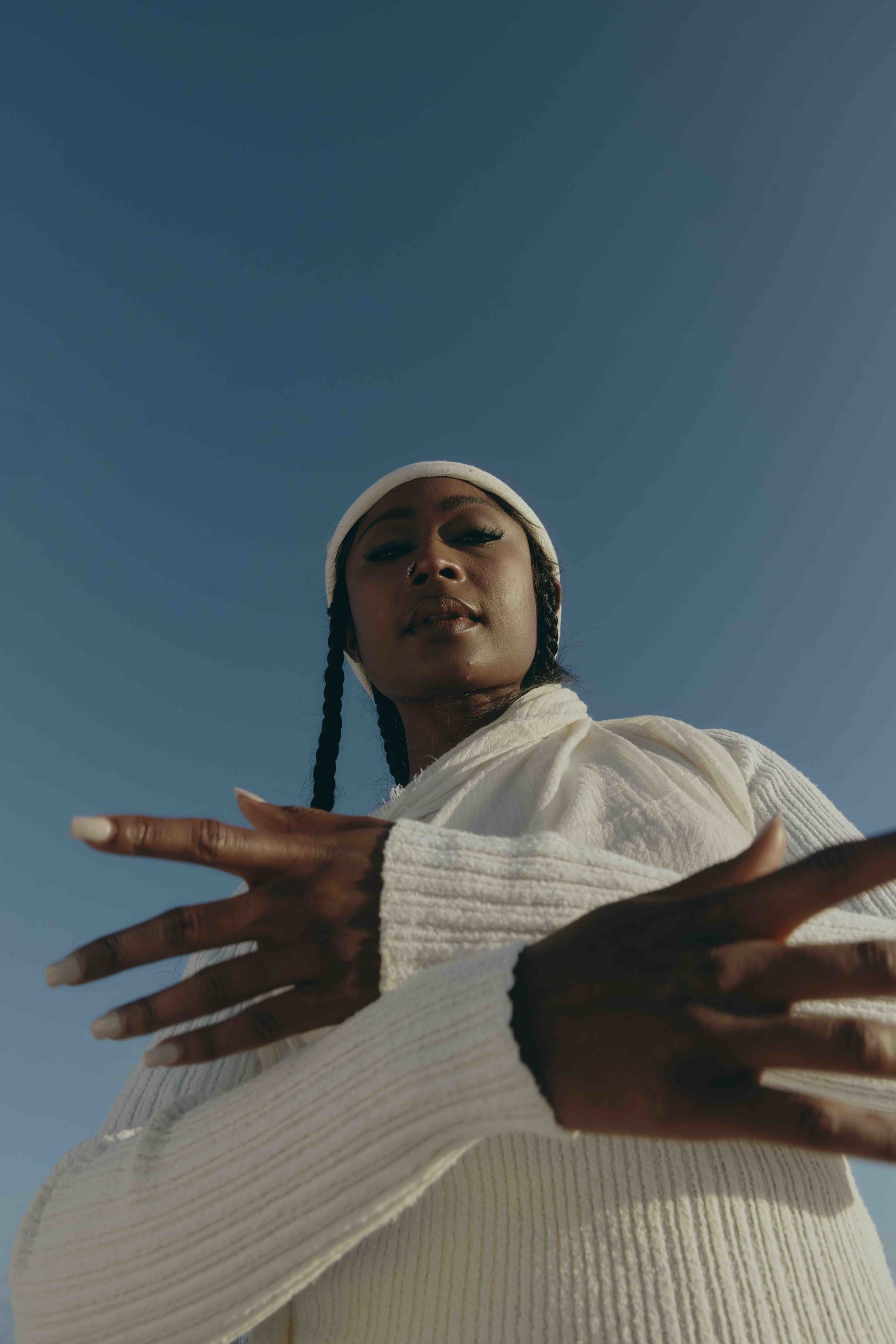
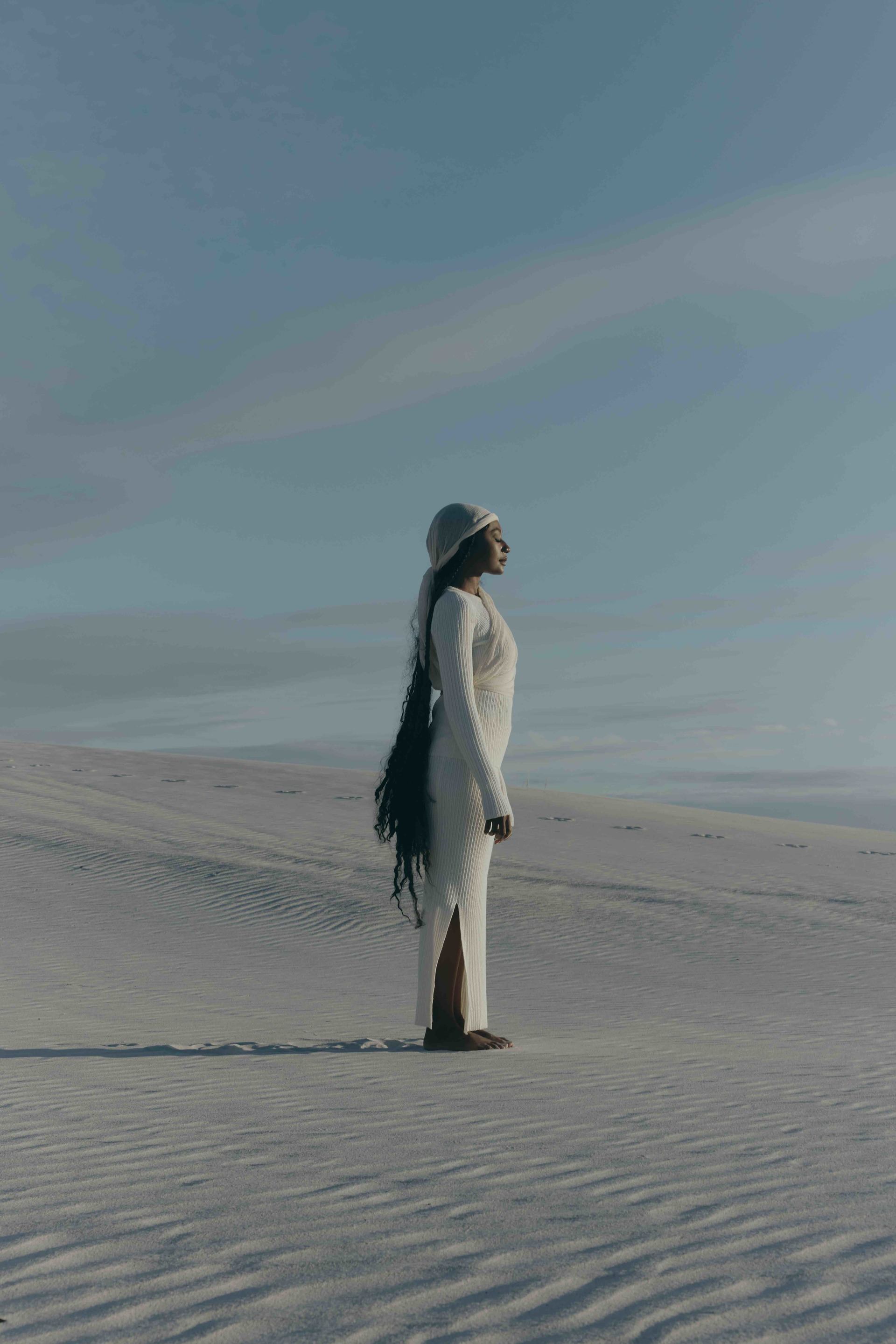

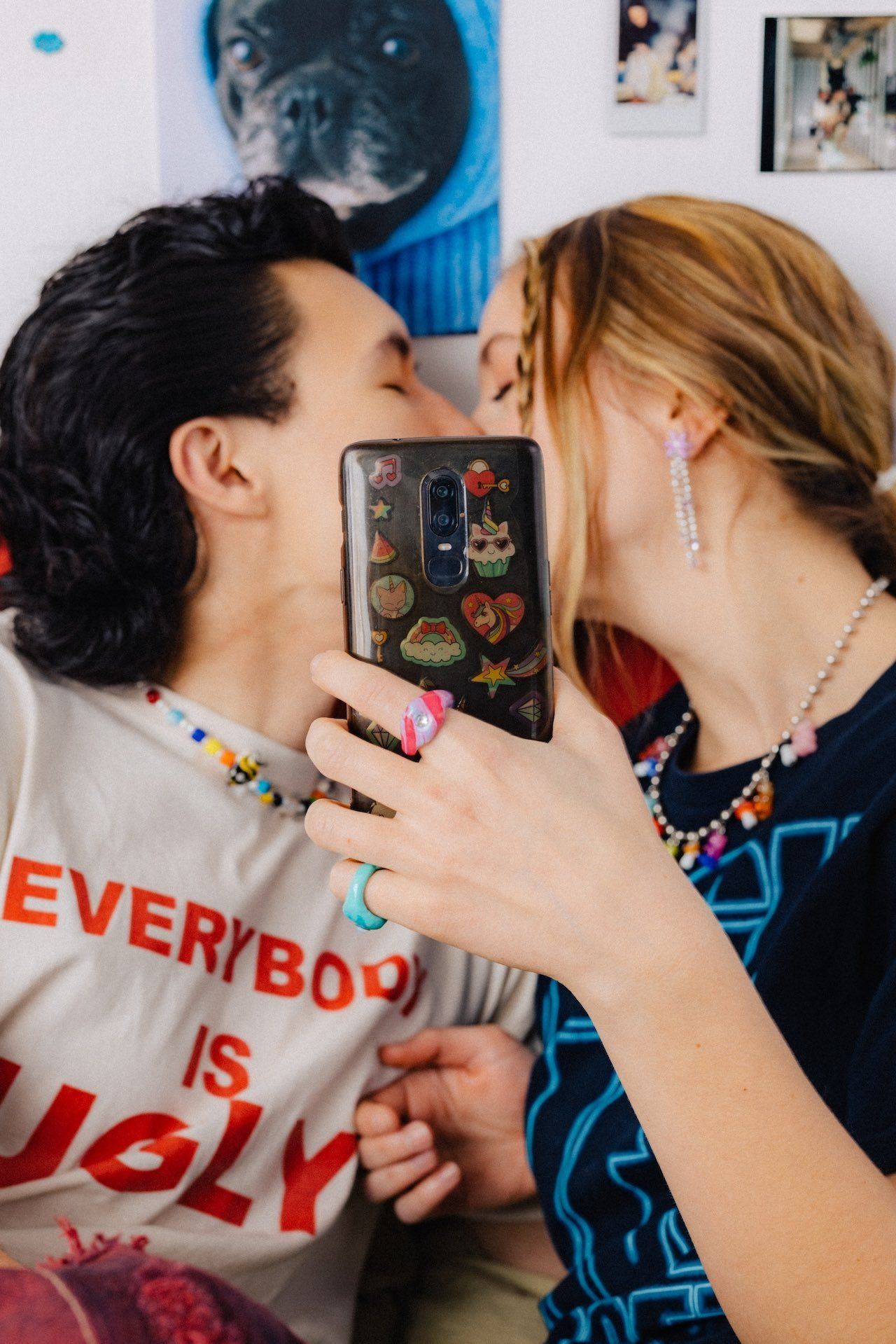






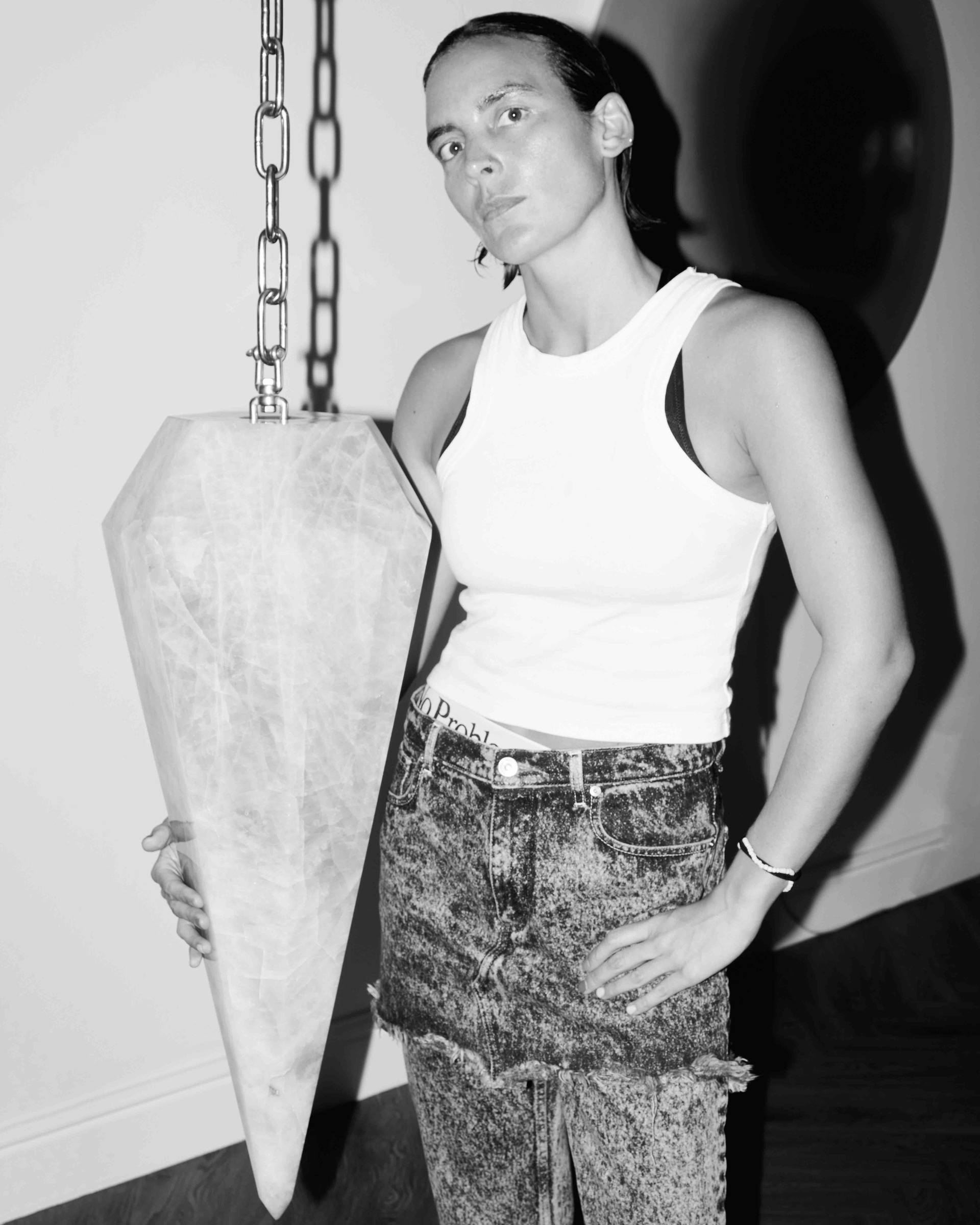





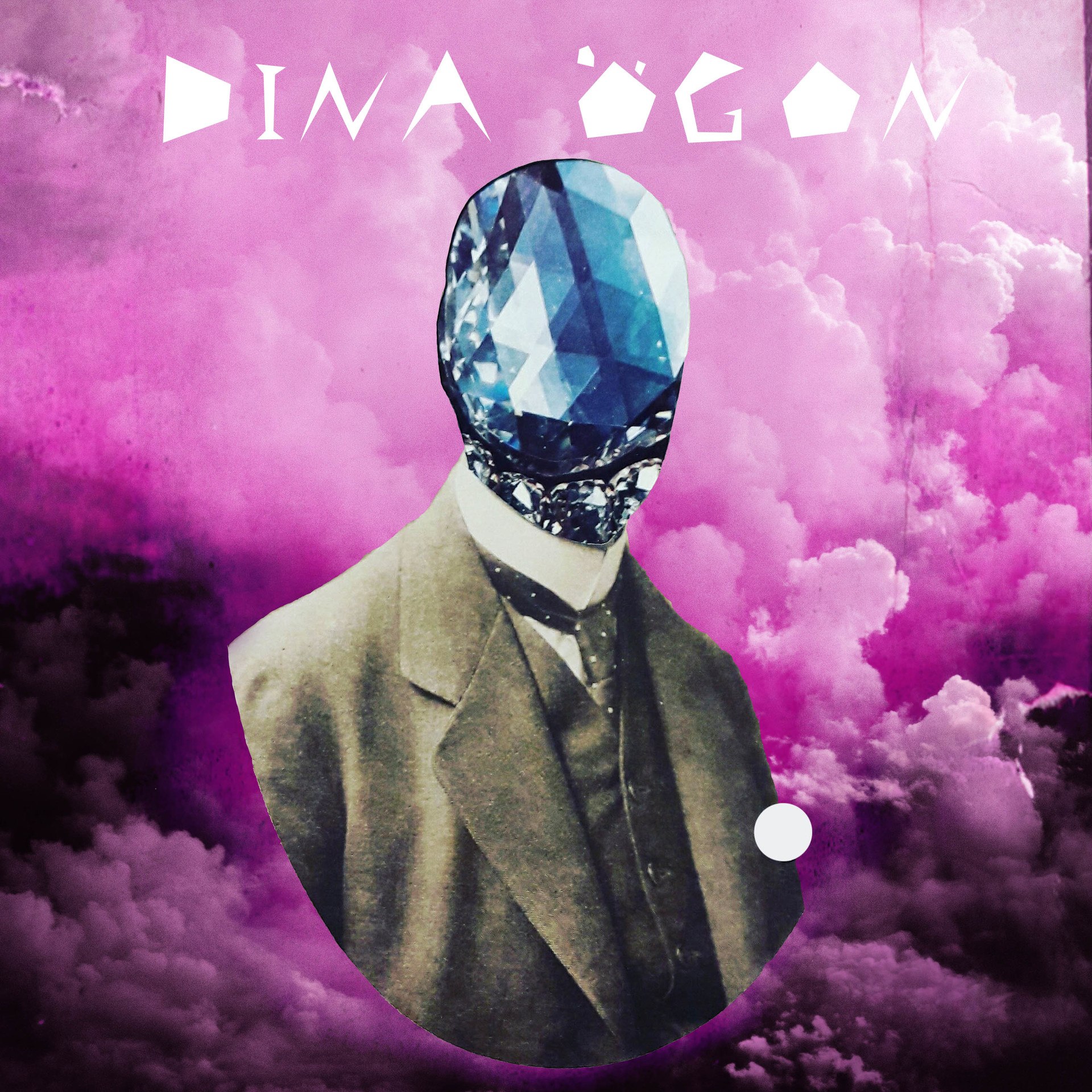



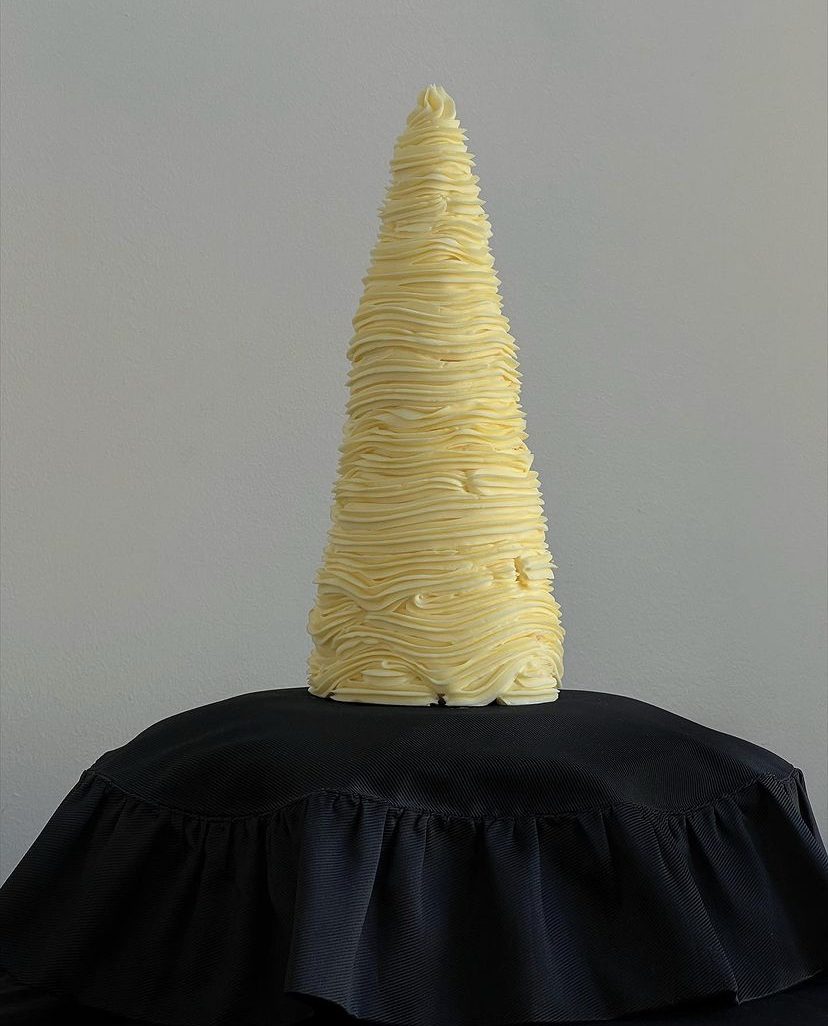

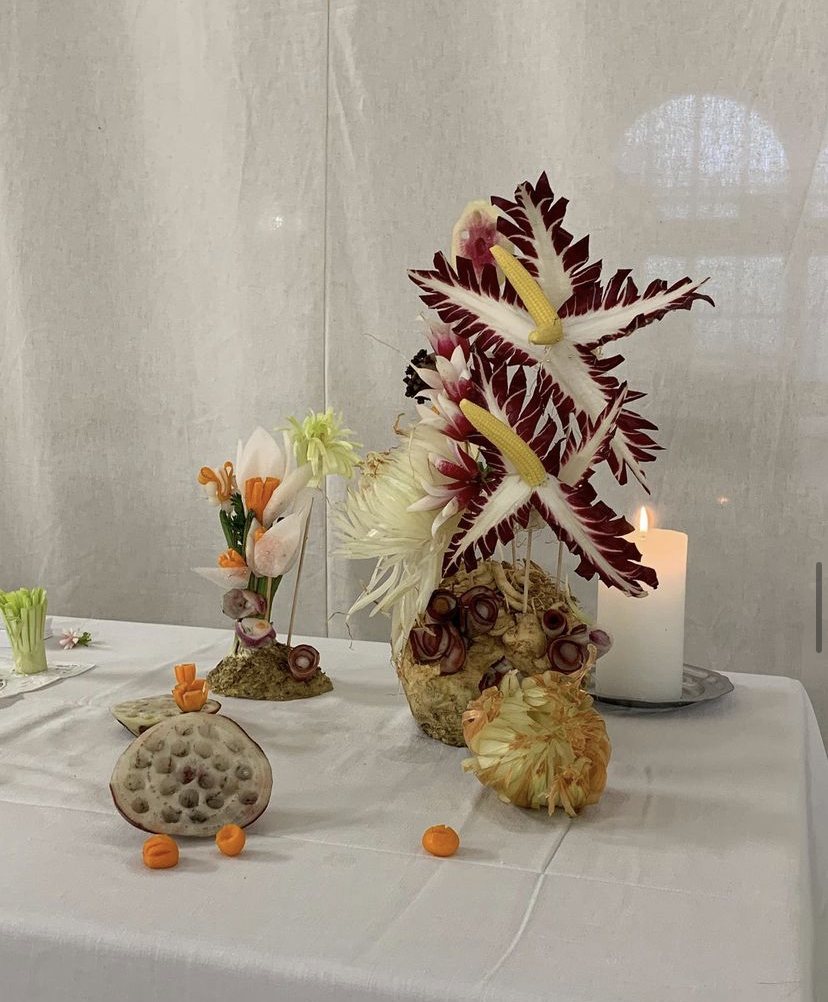


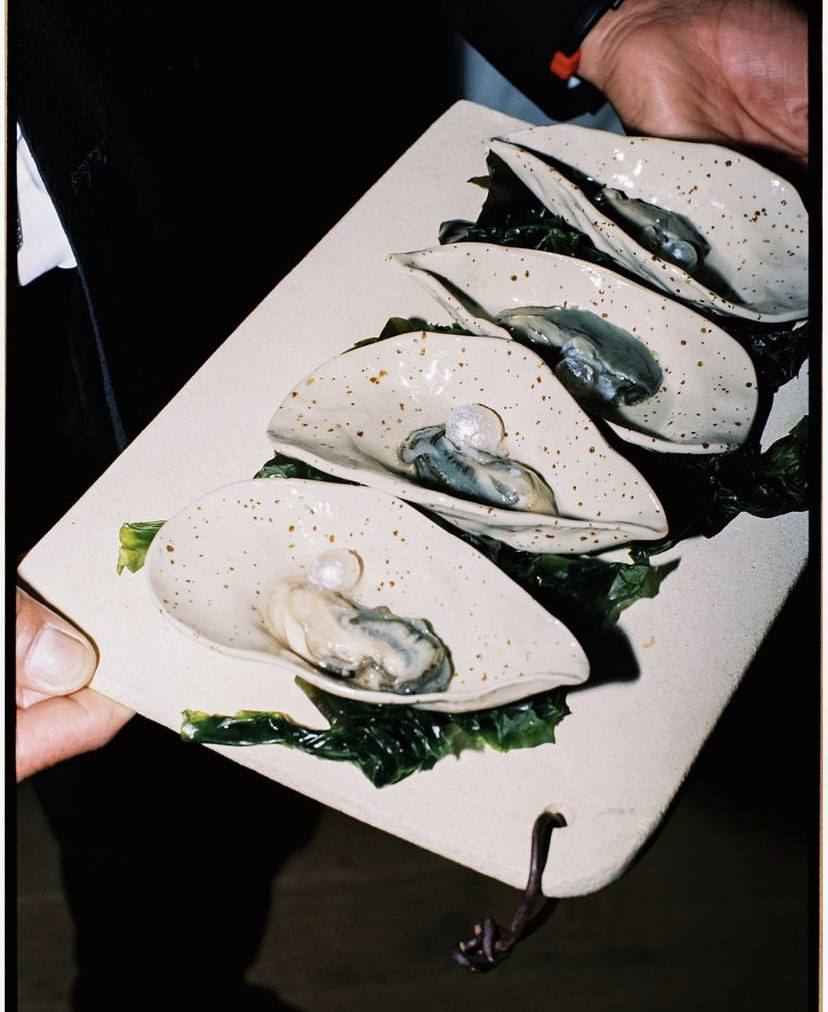

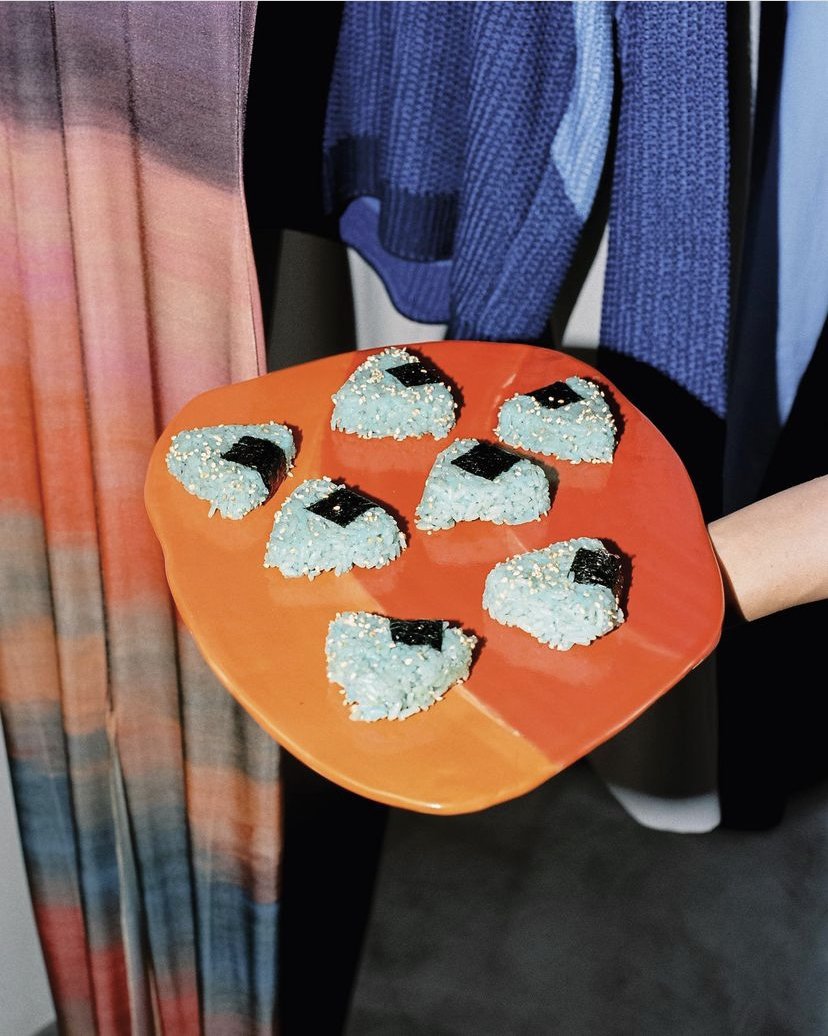







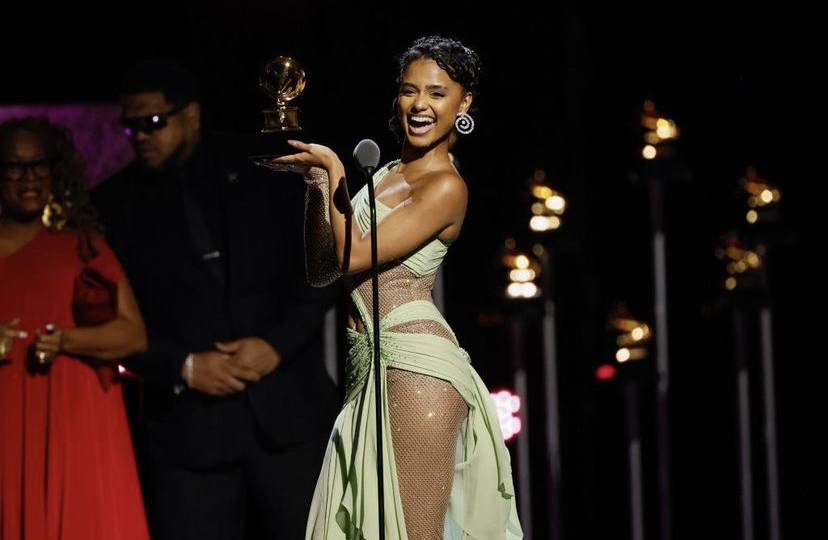
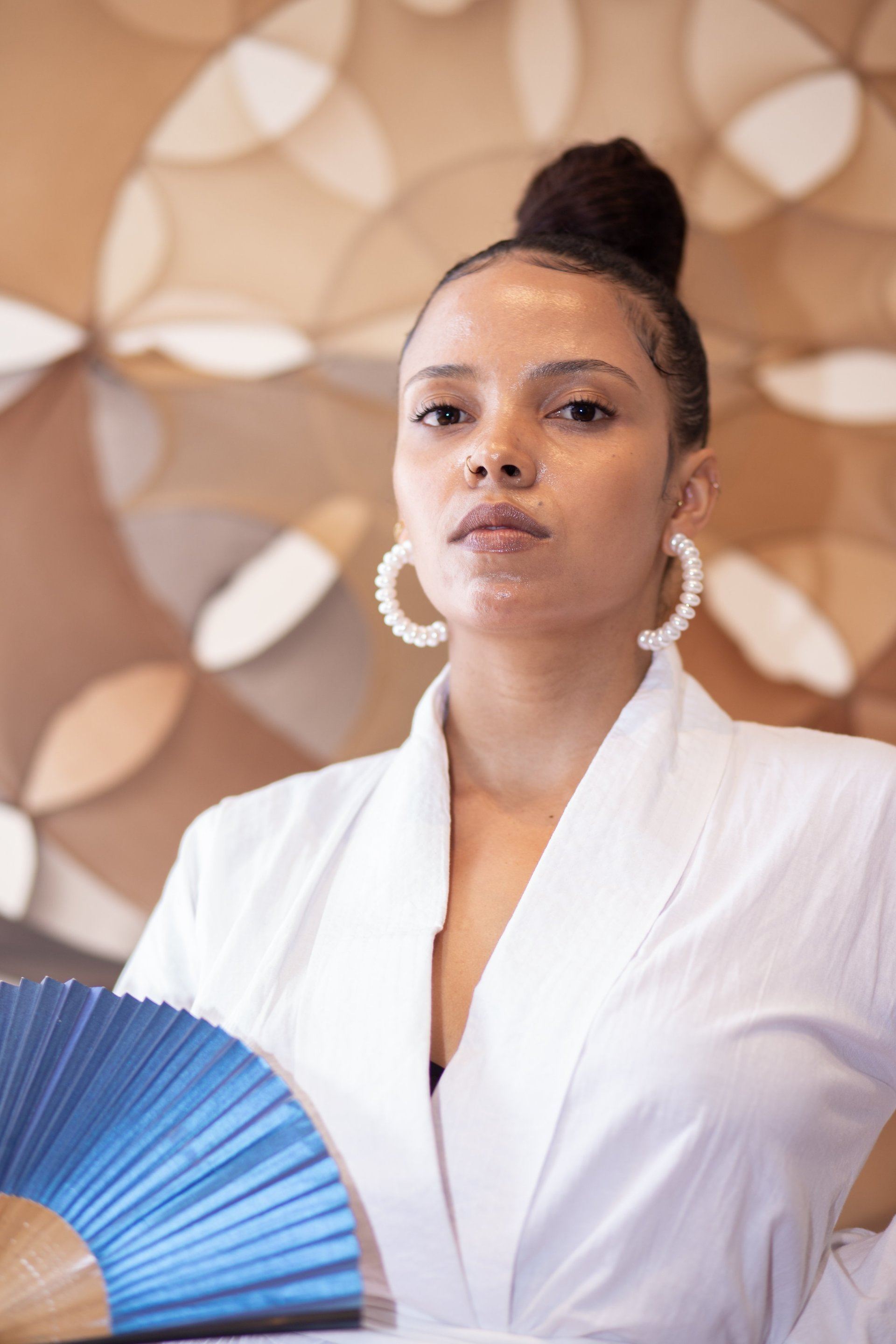


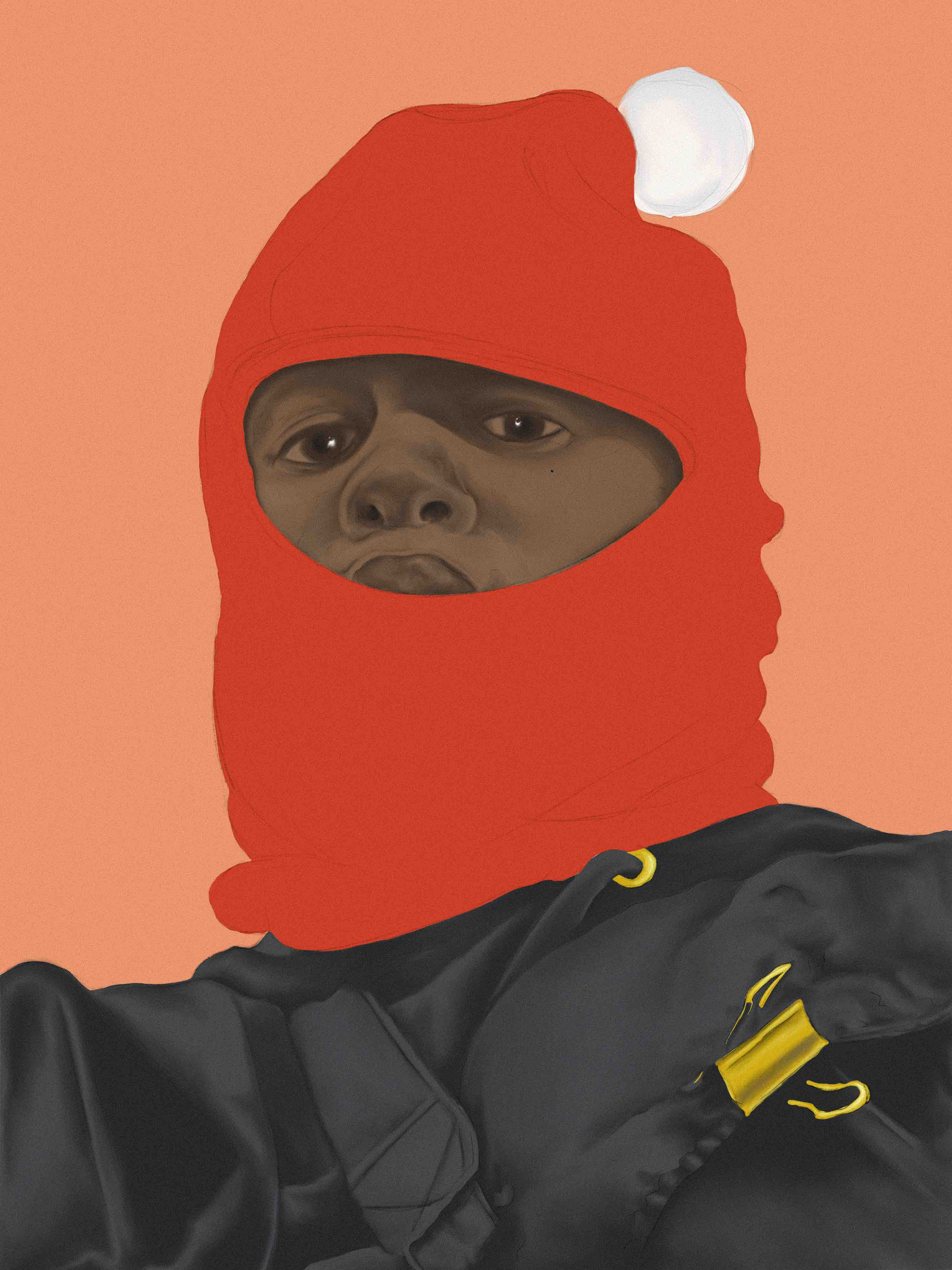














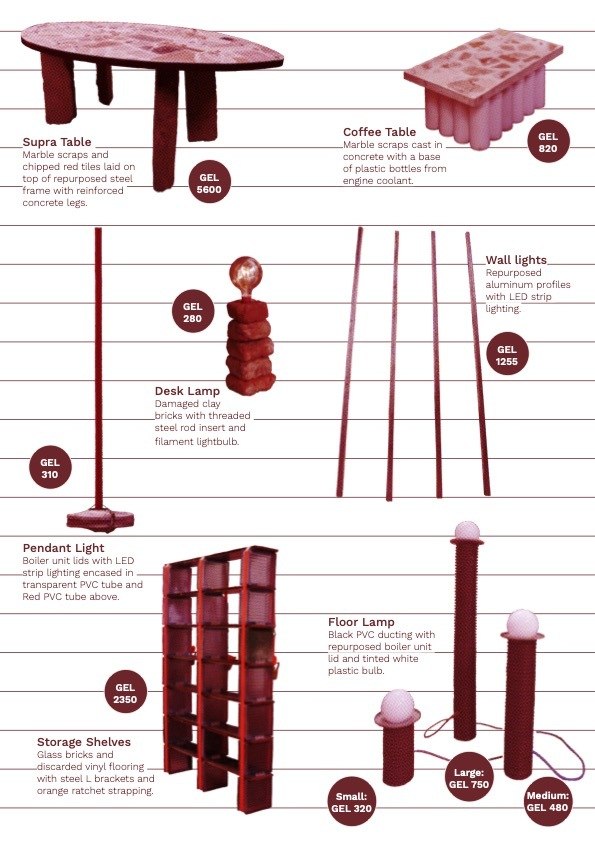
Recent Comments